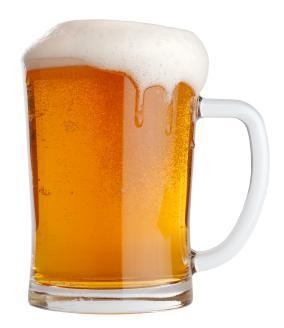Lagers entered the beer market some six centuries ago when many were just drinking ales. Lagers are characterized by a special hybrid yeast strain that makes it feasible to brew in colder conditions that give lagers that smooth and light flavor which now dominate 94 percent of the world beer scene.
Only in 2011 that the species combined with the Saccharomyces cerevisiae, commonly found in bread, ales and wines, was discovered to form this lager hybrid. The second species was proven to be elusive called the Saccharomyces eubayanas where scientists have conducted a sequence of its genome and started to uncover the history of lager yeast.
Now, in this new study, scientists have revealed the genomic archaeological evidence about the origin of lagers. According to Chris Hittinger of the University of Wisconsin-Madison, there was always a bit of controversy about how lager brewing yeasts were discovered. However, in this new study, the wild S. eubayanas genome was compared to other kinds of lager brewing yeasts, yielding lineages from independent events where hybridization occurred, meaning lager yeasts were developed twice at least in its history.
This merging of yeasts is key to creating lagers since S. eubayanas has provided the hybrid the ability to withstand colder temperatures. Hittinger reveals that the S. cerevisiae was adapted for Mediterranean temperatures and this is the reason why bread, wine and ale beers are present for a thousand years.
However, the S. cerevisiae cannot brew lagers during cold conditions where fermentation cannot take place with this alone. Scientists still say that it is still possible to brew beer using only S. eubayanas but it will produce a much sweeter lager which means S. cerevisiae gives lager beer its signature, distinct flavor.
Researchers found a strain of S. eubayanas in Patagonia years back, but it is still genetically different from the hybridized S. eubayanas strains of lager yeast that brewers were using for hundreds of years.
Hittinger adds that there was a really a strong genetic signature that domesticated the S. eubayanas after hybridization events where it started to change during evolution as genes were altered.
This is an important discovery in the beer industry when the elusive strain of S. eubayanas was found, which is key to the S. cerevisiae's ability to brew lager, so that a new lager yeast strain can now be created to brew new and more delicious lager beer in the future.
This new study is published in the journal Molecular Biology and Evolution.



























